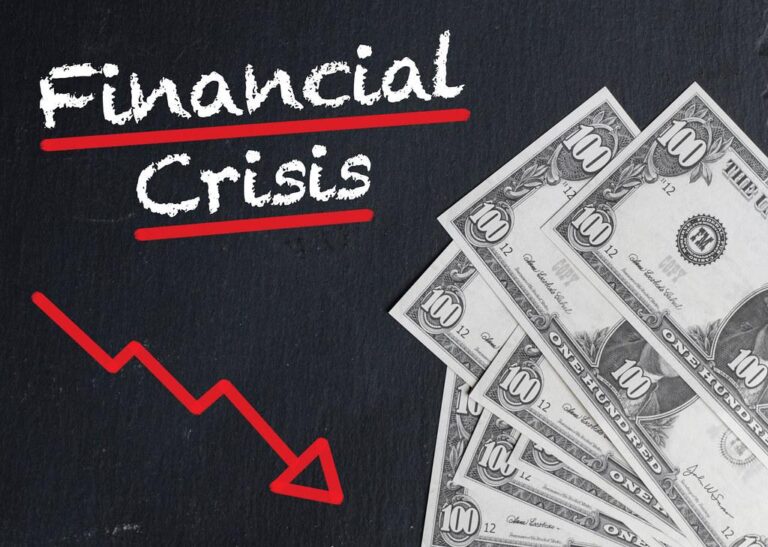As concerns ripple through global markets, questions are mounting over whether France could be on the brink of triggering the next financial crash. With mounting public debt, stagnant growth, and volatile political unrest, the world’s sixth-largest economy faces mounting pressures that have investors and analysts watching closely. This article examines the current economic landscape in France, the risks brewing beneath the surface, and the potential ramifications for the broader financial system.
France’s Mounting Debt Crisis Raises Alarms Among Global Economists
France is facing an unprecedented fiscal challenge as its national debt swells beyond 115% of GDP, a threshold that has alarmed economists worldwide. The rapid acceleration in borrowing, driven by expansive government spending and sluggish economic growth, raises critical concerns about the long-term sustainability of public finances. Analysts warn that if corrective measures are delayed, the ripple effects could extend far beyond Paris, destabilizing the European Union’s economic framework and shaking global financial markets.
Key factors contributing to the crisis include:
- Rising welfare and pension obligations that strain public coffers
- High unemployment rates impeding tax revenue growth
- Political reluctance to implement austerity or structural reforms
| Fiscal Indicator | Current Value | Historical Average |
|---|---|---|
| Debt-to-GDP Ratio | 115% | 85% |
| Budget Deficit | 4.9% | 2.3% |
| Unemployment Rate | 8.2% | 7.0% |
The Role of France’s Housing Market in Potential Financial Instability
The French housing market has long been seen as a pillar of economic resilience, but recent trends suggest growing vulnerabilities that could ripple across the wider financial system. Inflated property prices, driven by sustained demand and limited supply, have created a bubble that risks bursting under the weight of rising interest rates and tighter lending standards. Investors, homeowners, and banks alike face mounting exposure, with particularly sharp distress signals emerging in metropolitan areas where prices have soared beyond affordability for most citizens.
Several key factors contribute to this precarious situation:
- High household debt levels linked to mortgage borrowing, pushing financial commitments closer to unsustainable thresholds.
- Overreliance on buoyant market sentiment, with speculative buying inflating risk throughout the sector.
- Structural challenges such as regulatory hurdles slowing new construction, exacerbating supply shortages.
| Indicator | Current Value | Trend | |||||||||
|---|---|---|---|---|---|---|---|---|---|---|---|
| Median House Price (Paris) | €11,200 / m² | ↑ +7% YoY | |||||||||
| Mortgage Debt to GDP | 56% | ↑ +5% YoY | |||||||||
| Indicator | Current Level | Recommended Target |
|---|---|---|
| Public Debt (% GDP) | 113% | 90% |
| Annual Inflation Rate | 5.2% | 2% |
| Unemployment Rate | 7.6% | 5% |
Insights and Conclusions
As France grapples with mounting economic pressures and escalating debt concerns, questions about its potential role in triggering the next financial crash remain at the forefront of global discourse. While uncertainties persist, experts emphasize the need for careful monitoring and swift policy responses to mitigate risks. The coming months will be critical in determining whether France can navigate these challenges without destabilizing broader financial markets.




